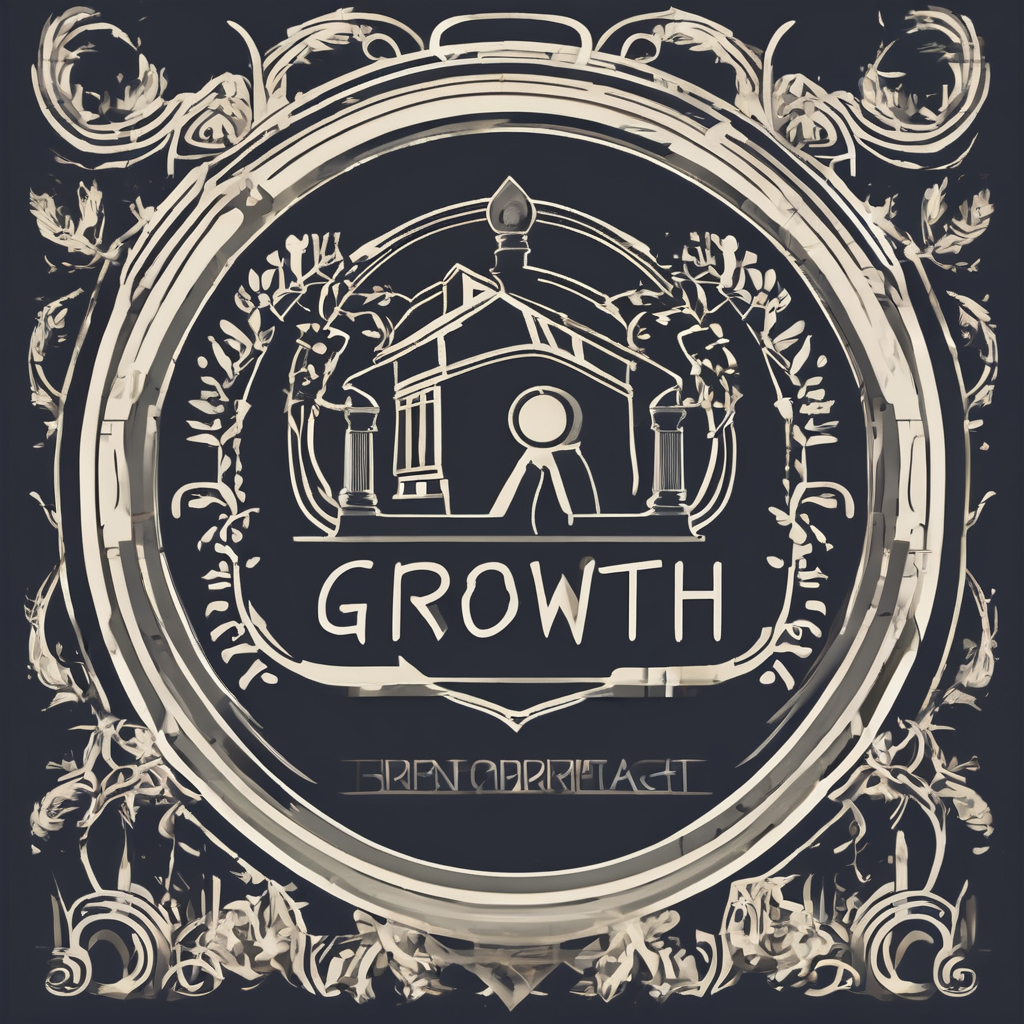Creating an effective content calendar is essential for Sheffield marketing agencies aiming to enhance productivity and improve client engagement. This guide offers practical steps to develop a tailored calendar that aligns with your unique goals. Learn how to strategically plan your content, streamline workflows, and ensure consistency across channels. With actionable insights and expert tips, you’ll be equipped to create a powerful tool that drives results and fosters creativity. Get ready to elevate your content strategy and make a lasting impact on your audience.
Understanding the Importance of a Content Calendar
A Content Calendar is a strategic tool that helps marketing agencies plan, organise, and schedule their content. By mapping out content in advance, agencies can ensure consistency and alignment with their overall marketing strategy.
Also read : Building a Robust Supply Chain: Strategies for Birmingham Retail Businesses to Thrive
The importance of a content calendar cannot be overstated. It acts as a roadmap, guiding teams through the creation and distribution of content. This structured approach allows for better resource management and helps in anticipating content needs, ensuring that all marketing efforts are cohesive and timely.
The benefits of maintaining a content calendar are numerous. Firstly, it provides a clear overview of upcoming content, allowing teams to identify gaps and opportunities. Secondly, it enhances collaboration among team members by providing a shared platform where everyone can contribute ideas and feedback. Finally, a content calendar aids in tracking performance, helping agencies to refine their strategies based on what works best.
Also to read : Boosting Customer Loyalty: Effective Email Marketing Strategies for Plymouth”s Fashion Brands
In summary, a content calendar is not just a planning tool; it’s a vital component of any successful marketing strategy. It empowers agencies to deliver content that resonates with their audience, ultimately driving engagement and achieving marketing goals.
Identifying Your Target Audience
Understanding your target audience is crucial for creating effective marketing strategies. In Sheffield, this begins with conducting thorough market research to gather insights. Start by analysing demographic data, such as age, gender, income, and location. This information helps in identifying the characteristics of your potential audience.
Utilising market research tools can significantly enhance your understanding. These tools offer valuable data on consumer behaviour and preferences, enabling you to tailor your content strategies effectively. Platforms like Google Analytics and social media insights provide detailed reports on audience engagement, helping you refine your approach.
Once you have gathered sufficient data, segment your audience based on common characteristics. This segmentation allows for more personalised content strategies. For instance, you might create different campaigns for younger audiences versus older ones, or for city dwellers compared to those in rural areas.
By focusing on your target audience in Sheffield, and using precise market research, you can develop content that truly resonates. This tailored approach not only boosts engagement but also enhances the overall effectiveness of your marketing efforts.
Types of Content to Include in Your Calendar
When planning a content calendar, it’s essential to incorporate a diverse range of content types to engage your audience effectively. Blog posts are a staple, providing in-depth information and driving organic traffic. They are ideal for establishing authority and addressing audience pain points in detail.
Social media content, on the other hand, is crucial for real-time engagement and building community. Platforms like Instagram and Twitter allow for quick updates and interactive posts that resonate with a younger demographic. Videos and infographics are also powerful tools, offering visual appeal and simplifying complex information.
Aligning these content types with your audience’s preferences is key. For instance, if your target audience in Sheffield prefers visual content, focus on creating more videos and infographics. Successful Sheffield agencies often use a mix of these formats, tailoring their approach based on audience feedback and engagement metrics.
By diversifying your content calendar, you ensure that your marketing efforts remain fresh and relevant, ultimately enhancing audience connection and boosting overall campaign success.
Tools for Creating and Managing Your Content Calendar
Implementing the right Content Management Tools can significantly streamline the creation and management of your content calendar. These tools provide a framework for organising and scheduling content, ensuring consistency and efficiency.
Many agencies recommend using software like Trello and Asana, which offer intuitive interfaces for task management and collaboration. These platforms allow teams to assign tasks, set deadlines, and track progress, making them ideal for dynamic marketing environments.
Templates are another valuable resource, offering a pre-structured format for content planning. They simplify the process by providing a clear outline, enabling teams to focus on content creation rather than organisational details. Templates can be customised to fit specific needs, ensuring flexibility and adaptability.
When choosing content management software, consider the pros and cons. Tools like CoSchedule offer comprehensive features, including analytics and social media integration, but may require a steeper learning curve. Conversely, simpler tools like Google Sheets are more accessible but may lack advanced functionalities.
By leveraging these tools and templates, agencies can enhance their content planning processes, leading to more effective and timely marketing strategies.
Developing a Content Scheduling Strategy
Creating an effective content scheduling strategy involves understanding the nuances of scheduling, frequency, and timing. These elements are crucial for maximising audience engagement and ensuring content reaches its intended audience.
Best practices for scheduling content releases include analysing audience behaviour to determine when they are most active online. This insight helps in selecting optimal posting times, enhancing visibility and interaction. It’s important to consider time zones, especially for audiences spread across different regions.
When it comes to frequency, striking a balance is key. Posting too often can overwhelm your audience, while infrequent updates might cause them to lose interest. Aim for a consistent schedule that maintains quality, ensuring each piece of content adds value to your audience.
Factors to consider for optimal posting times include the type of content and the platform used. For instance, social media posts may perform better during evenings when users are more likely to browse casually, whereas professional content might gain more traction during business hours.
By carefully planning your content scheduling strategy, you can enhance engagement and ensure your marketing efforts are both effective and efficient.
Analyzing Content Performance
Understanding content performance is pivotal for refining your marketing strategies. By focusing on Key Performance Indicators (KPIs), you can effectively measure the success of your content. Common KPIs include engagement metrics like clicks, shares, and comments, as well as conversion rates and audience growth. These indicators provide insights into how well your content resonates with your target audience.
To track these metrics, employing analytics tools is essential. Platforms such as Google Analytics and HubSpot offer comprehensive data, allowing you to assess content performance with precision. They provide detailed insights into user behaviour, helping you identify which content types and topics perform best.
Adjusting your content calendar based on performance data is crucial for maintaining relevance and engagement. If certain content consistently underperforms, consider revisiting its format or timing. Alternatively, amplify successful content by increasing its frequency or exploring similar topics.
Incorporating regular performance reviews into your strategy ensures that your content remains aligned with audience preferences and business goals. By leveraging analytics and KPIs, you can make informed decisions, optimising your content calendar for maximum impact.
Case Studies of Successful Sheffield Marketing Agencies
Exploring case studies of Sheffield marketing agencies provides valuable insights into effective content calendar implementations. These success stories highlight how local agencies have optimised their strategies to achieve remarkable growth.
One notable example involves a Sheffield-based agency that revamped its content calendar to enhance alignment with its marketing goals. By focusing on local examples, they tailored content to resonate with their audience, resulting in improved engagement and client retention. This strategic shift not only boosted their brand presence but also fostered stronger community connections.
Lessons learned from these agencies emphasise the importance of adaptability and audience understanding. Successful agencies often iterate their strategies based on performance data, ensuring content remains relevant and impactful. They also prioritise collaboration, leveraging team input to refine content ideas and execution.
The impact on agency growth is evident in increased client portfolios and expanded service offerings. By effectively utilising content calendars, these agencies have enhanced their reputation and competitiveness in the market. Such case studies serve as a testament to the power of strategic planning and execution in the ever-evolving marketing landscape.
Best Practices for Maintaining Your Content Calendar
To keep a content calendar effective and dynamic, regular updates are essential. Best practices suggest setting aside time weekly to review and adjust content plans. This ensures that the calendar remains aligned with current marketing goals and audience demands.
Collaboration is pivotal in this process. Encourage team members to contribute ideas and feedback, fostering a sense of ownership and creativity. This collaborative approach not only enhances content quality but also ensures that diverse perspectives are considered. Utilising shared digital tools can streamline this process, making it easier for all team members to engage and contribute.
For continuous improvement, regularly analyse content performance data. This involves identifying what works and what doesn’t, then adapting strategies accordingly. Implementing a feedback loop where the team discusses successes and areas for improvement can drive innovation and effectiveness.
- Schedule regular team meetings to discuss updates and improvements.
- Use performance data to guide future content decisions.
- Foster an environment where team members feel empowered to share insights.
By adhering to these best practices, your content calendar can become a powerful tool for achieving marketing success.











